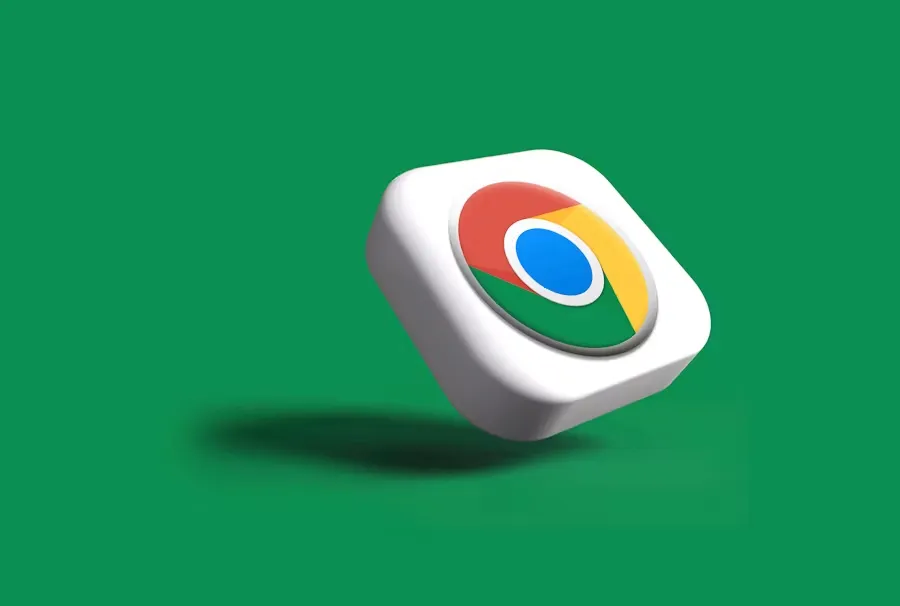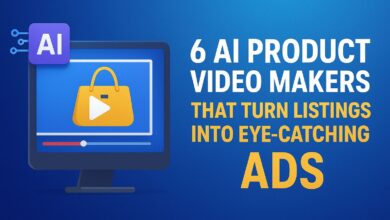Chrome Experiments: Exploring the Creative Side of the Web

Introduction: What Are Chrome Experiments?
Chrome Experiments When you hear the word “Chrome,” your first thought is probably the popular Google Chrome browser. But beyond being just a browser, Google has long supported a fascinating platform called Chrome Experiments. This initiative is a playground for developers, artists, and tech enthusiasts to showcase what’s possible on the modern web using tools like JavaScript, WebGL, HTML5, CSS, and other web technologies.
Chrome Experiments isn’t just about coding for functionality—it’s about coding for creativity. These experiments blur the line between technology and art, transforming ordinary browsing into something interactive and inspiring. Whether it’s a 3D visualization, a playful game, or an interactive music tool, the platform demonstrates how far the web has come from simple static pages.
What makes Chrome Experiments special is that it’s open and community-driven. Anyone can submit their project, and if it’s innovative enough, it gets featured. Over time, the site has become a showcase of some of the most inventive and boundary-pushing uses of the web.
The Origins of Chrome Experiments

The story of Chrome Experiments began in 2009. At that time, Google Chrome was still fairly new, and the idea of pushing browsers beyond basic functions like reading text or checking email was revolutionary. Google launched Chrome Experiments as a way to highlight the browser’s capabilities and encourage developers to push the limits of web technology.
Back then, Flash was still widely used for interactive content, but Chrome Experiments focused instead on JavaScript and open web standards. This was a bold move, considering many doubted whether browsers could handle complex visual and interactive tasks without additional plugins. Yet, these experiments proved that browsers could indeed be powerful creative platforms.
Over time, the platform grew in popularity. Developers from around the world began submitting projects, and Google highlighted the most impressive ones. Today, Chrome Experiments isn’t just a showcase of code; it’s a historical timeline of how web technologies have evolved—from basic animations to immersive virtual reality experiences.
Why Chrome Experiments Matter
You might be wondering, why should anyone care about Chrome Experiments? The truth is, this platform plays an important role in innovation and education. It’s not just a bunch of pretty visuals—it’s a testing ground for ideas that often influence the future of web development.
For developers, Chrome Experiments serves as a source of inspiration. By exploring projects built by others, developers can learn new coding techniques, discover creative applications of technology, and even spark ideas for their own projects. It’s like browsing through a live, interactive coding portfolio filled with innovation.
For educators and students, Chrome Experiments is also a learning resource. Many of the projects come with open-source code, meaning anyone can dive in and see how it works. This makes it an excellent way to teach coding, not through textbooks, but through real, exciting applications that make learning fun.
Finally, for the general public, Chrome Experiments highlights the creative potential of the web. It shows that technology doesn’t have to be boring or purely functional—it can also be playful, artistic, and interactive.
Popular Categories in Chrome Experiments
Chrome Experiments is a diverse platform, and the projects span across multiple categories. Some of the most popular ones include:
1. Visual Experiments
These are projects that push the boundaries of digital art. Developers use tools like WebGL and Three.js to create stunning 3D models, visual effects, and interactive art pieces. For example, you can find experiments that simulate galaxies, generate digital paintings, or create mesmerizing geometric patterns in real-time.
2. Games and Playful Interactions
Gaming has always been a big part of Chrome Experiments. These games often use JavaScript and HTML5 to create browser-based experiences without the need for downloads. From simple puzzles to fast-paced arcade-style games, the platform showcases how far browser-based gaming has come.
3. Music and Sound
Some of the most fascinating projects involve interactive audio experiences. Users can play virtual instruments, remix songs, or even visualize sound in real time. One popular experiment in this category is the “Chrome Music Lab,” which has become a favorite tool among teachers and students worldwide.
4. Virtual and Augmented Reality
With the rise of VR and AR, Chrome Experiments has embraced immersive technologies. These projects allow users to step into 3D environments directly from their browsers, often using WebVR and WebXR APIs. This category demonstrates how browsers are becoming gateways to immersive worlds.
Chrome Music Lab: A Case Study
One of the most successful projects under Chrome Experiments is Chrome Music Lab. Launched in 2016, it’s a collection of interactive experiments designed to make learning music fun and accessible to everyone.
Through colorful and engaging interfaces, users can explore concepts like rhythm, melody, chords, and sound waves. What makes Chrome Music Lab stand out is its simplicity—anyone, regardless of age or skill level, can play around and learn. Teachers often use it in classrooms because it makes abstract music concepts tangible and interactive.
This project is a perfect example of what Chrome Experiments is all about: combining creativity, education, and accessibility. It’s not just about showing off what web technologies can do—it’s about creating tools that people actually enjoy and use in meaningful ways.
How Chrome Experiments Inspire Developers
For developers, Chrome Experiments is like a giant digital playground. It’s a place to explore, learn, and experiment without the pressure of building a “serious” product. Many developers use the platform to test new APIs, frameworks, or techniques.
One key advantage is the community aspect. By submitting an experiment, developers get exposure and feedback from a global audience. This can be incredibly rewarding and motivating, especially for newcomers in the field. It’s also a way to build a portfolio that showcases not just technical skills, but also creativity.
In many cases, ideas from Chrome Experiments end up influencing larger projects. A small interactive demo can evolve into a full-fledged app, game, or tool. That’s the beauty of experimenting—it’s not about perfection, but about exploration and innovation.
The Role of Web Technologies in Chrome Experiments
Chrome Experiments wouldn’t exist without the rapid development of modern web technologies. Tools like WebGL, Canvas API, WebRTC, WebXR, and modern JavaScript libraries power most of the projects you see on the site.
For instance, WebGL allows browsers to render 3D graphics without additional plugins. Three.js, a popular JavaScript library, makes it easier to build 3D scenes and animations. Meanwhile, WebXR is pushing the boundaries of VR and AR, letting users access immersive experiences directly from their browsers.
By showcasing what these technologies can do, Chrome Experiments acts as a bridge between developers and innovation. It encourages people to use new tools and pushes the industry forward by proving what’s possible in real-world projects.
Challenges and Criticisms of Chrome Experiments
While Chrome Experiments is exciting, it’s not without its limitations. Some critics argue that many of the projects are more like “tech demos” than practical applications. In other words, they look impressive but don’t always serve a real purpose.
Another challenge is accessibility. Not all experiments are optimized for every device or browser. Since many projects are cutting-edge, they often require strong hardware or specific browsers like Chrome to run smoothly. This can exclude users on older devices.
Finally, there’s the issue of longevity. Some experiments are short-lived and not maintained over time. As web technologies evolve, older projects can become outdated or stop working entirely, which can be frustrating for users who want to revisit them.
The Future of Chrome Experiments
Despite its challenges, Chrome Experiments has a bright future. As web technologies continue to evolve, we can expect even more immersive, interactive, and practical experiments.
One likely trend is the growth of AI-powered experiments. With the rise of artificial intelligence and machine learning, developers may start building browser-based experiments that generate art, music, or interactive stories in real time.
Another direction is deeper integration with WebXR and WebGPU, allowing browsers to deliver near-console-level graphics and immersive VR/AR experiences. Imagine exploring complex 3D worlds or simulations directly from your browser without downloads—that’s where we’re headed.
Ultimately, Chrome Experiments will continue to serve as a showcase for creativity and innovation. It may not replace traditional apps or software, but it will always play a key role in inspiring developers and showing the world what’s possible with code.
Conclusion: Why You Should Explore Chrome Experiments
In the end, Chrome Experiments is much more than a website—it’s a living gallery of innovation. It’s where developers, artists, and curious minds come together to push the boundaries of what’s possible on the web.
For developers, it’s a chance to experiment, learn, and gain exposure. For educators and students, it’s a playful way to explore technology and creativity. And for everyday users, it’s simply a fun place to discover how the web can surprise and inspire.
If you’ve never explored Chrome Experiments, now is the perfect time. Dive in, play with the projects, and who knows—you might walk away not only entertained but inspired to create your own experiment. After all, the web is constantly evolving, and Chrome Experiments reminds us that its future is limited only by imagination.



